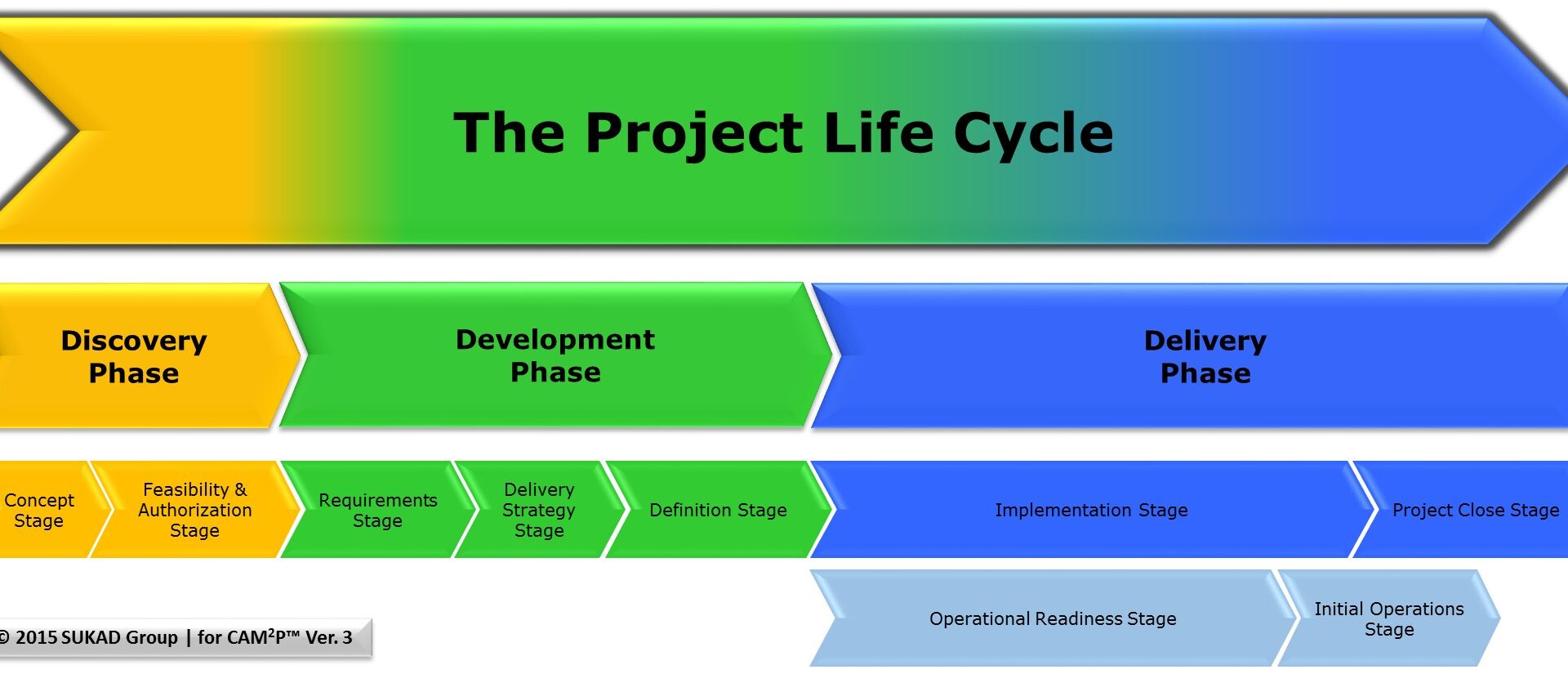Continuing with the number series on project management and focusing on CAMMP™, the previous article provided a brief explanation of the three phases per the CAMMP™ Model. Today,
A few days ago we started the number series. First, with an introductory post. The second article was about the The second article was about the Four Dimensions of Project Success™. Then we posted a semi-related article about project phases and stages, which lead us to today’s topic on the CAMMP™ Three Phases.
We are starting The Number Series with the SUKAD Four Dimensions of Project Success™.
I have been working on two books: The first was about the PMBOK Guide (and ISO 21500) but mostly about how to apply these guides in the real world, and The second book is a re-write of a book we self-published two years ago (Redefining the Basics of Project Management), which focus on The Customizable and...
Introduction Over the years, the PMBOK Guide has the ANSI stamp on the cover, giving the impression that the whole guide is an ANSI Standard. However, inside the guide, one can find a mention that the ANSI Standard was part of Chapter 3 in the 3rd and 4th edition of the guide and an Annex...
Let us expand on the question: how to build a universal methodological approach, for managing projects that is flexible enough to adjust for project type, domain, classification, or a learning platform (international standard)? First, let us include some definitions.
Once the Human Resource manager for a client, a construction company, asked me “Mounir, I thought project management is only for construction but my friend is an HR manager in a jewelry company and she just attended the class your company did for them.”
The world of project management is quite wide these days. There are projects in different types of organizations, from a variety of industries, and are of varying size or classification. Should we manage them all the same way?
Over the last twenty years, the PMBOK® Guide has been evolving with the growth of project management. The guide grew from nine knowledge areas to ten, from thirty-seven processes to forty-seven and from less than 200 pages to more than 600 pages.
Are most projects single phase or multiple phases? We ask this question because we often hear: “I am working on an IT project” or “I am working on a construction project”. Is there such thing?



